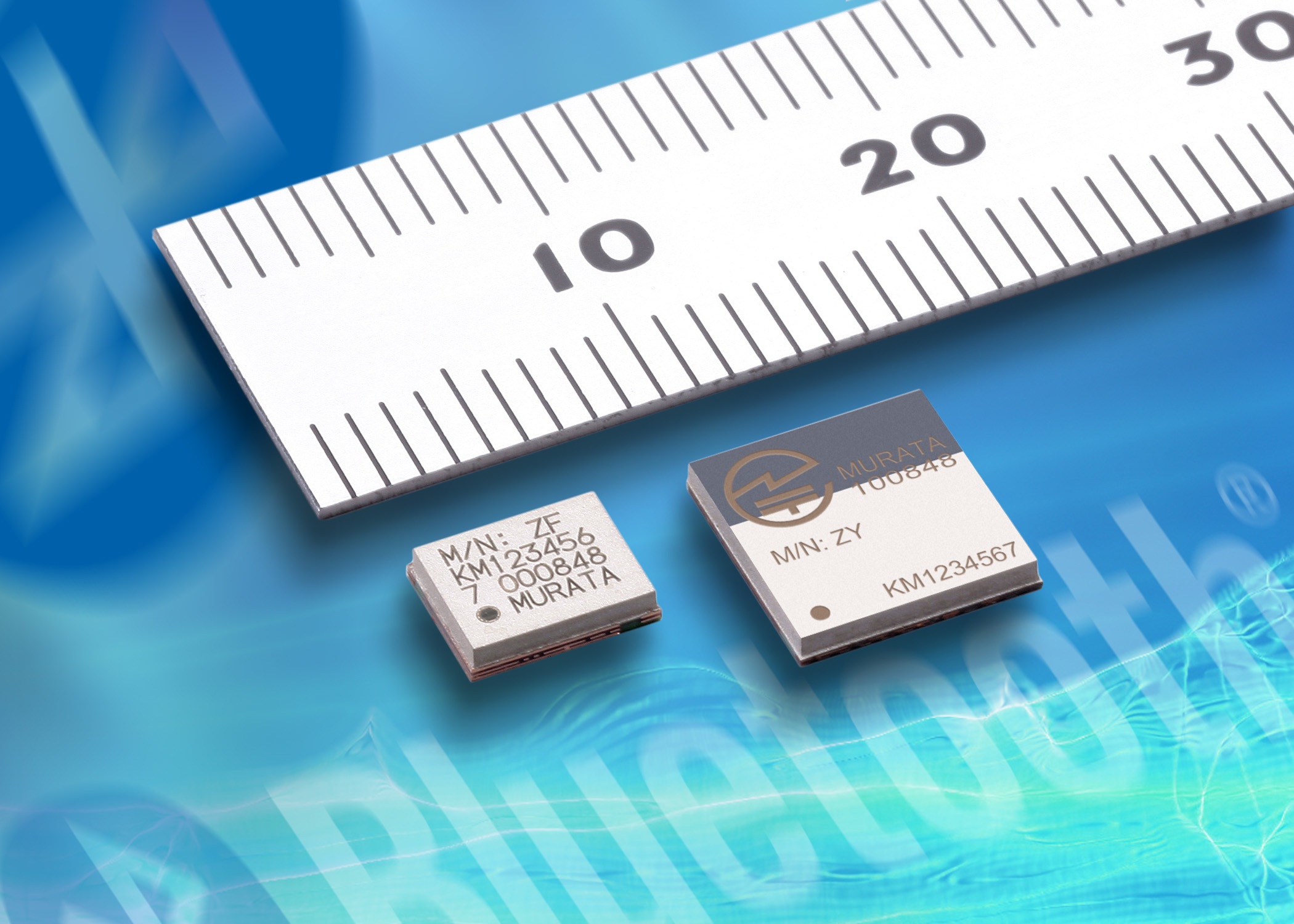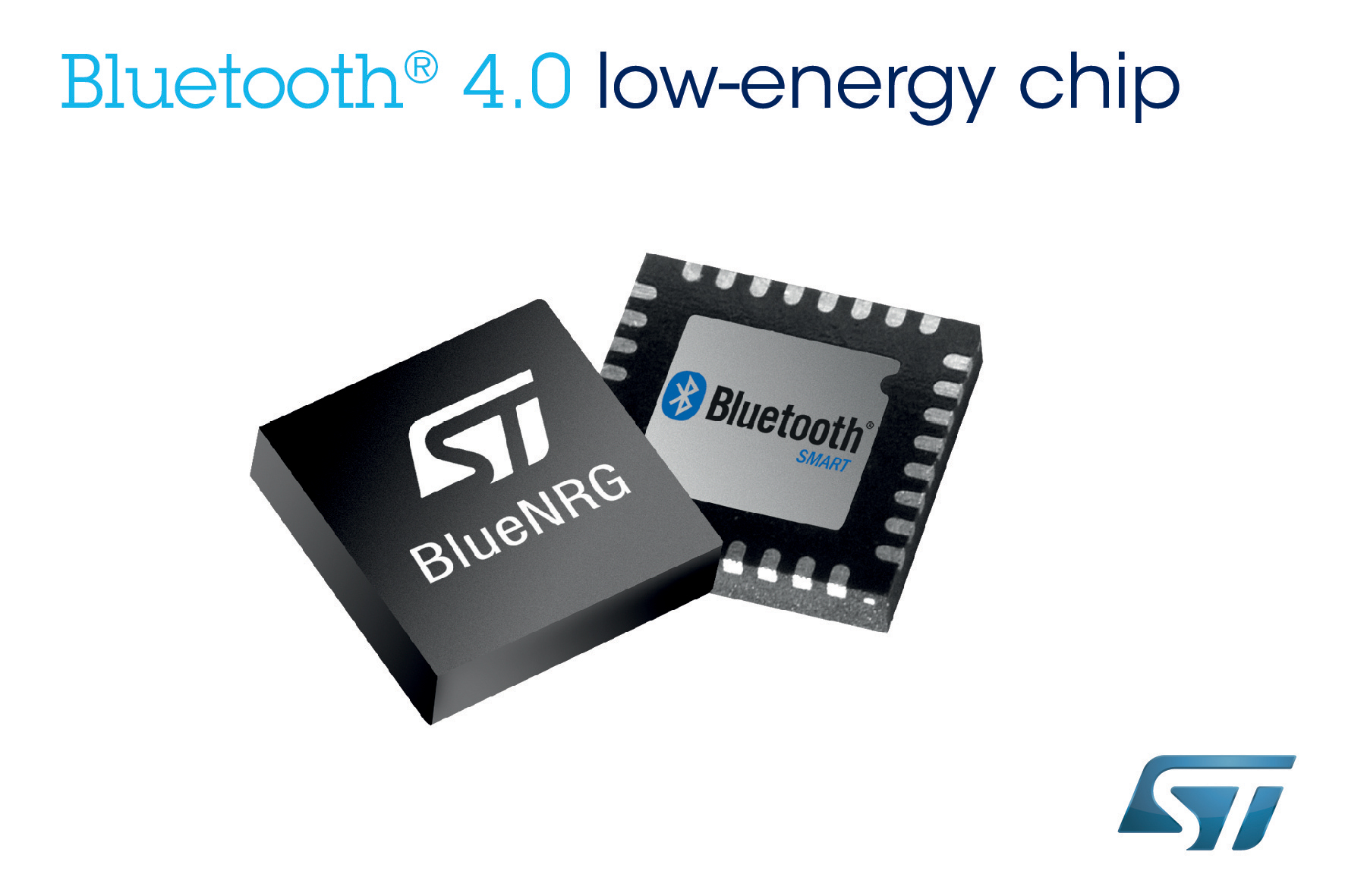Ahead of the game
With shipments expected to increase rapidly over the coming years, semiconductor manufacturers are now competing against each other to offer the best solution for Bluetooth v4.0, as ES Design magazine Editor, Philip Ling discovers in this article.
According to market analyst ABI Research, the growth of Bluetooth v4.0 (Smart and Smart Ready) has been nothing less than phenomenal; from zero shipments in 2010 to over 1 billion in 2013, and it predicts over 4 billion devices will be shipped annually by 2017.
The demand hasn’t gone unnoticed and a there is a growing number of Bluetooth Smart solutions — or the promise of one — appearing in the market almost daily. It’s not hard to see why, with growth that is fuelled not only by mobile phones but other consumer devices supporting the ultra-low power wireless protocol, including TVs. But the immediate opportunity is likely to come from personal fitness and health monitoring devices. “The second stage in the growth cycle for Bluetooth v4.0 is driven by its use in wireless sensors and other node devices,” said Peter Cooney, Practice Director, ABI Research. “We have already seen swift adoption of Bluetooth v4.0 in the sports and fitness market, home automation applications are on the rise and no doubt the wearables sector, including smart watches, will also drive this market forward.”
Dedicated platform
It’s fairly obvious that the main feature of v4.0 is its ultra-low power, allowing Bluetooth to fulfil its potential in wireless peripherals that legacy versions couldn’t really meet; user expectation for battery life simply couldn’t be met with the original version of the protocol, which opened the door for alternatives such as ZigBee. Now, with the advent of v4.0, some manufacturers are touting battery life numbers not in hours, days or months, but years.

That’s the case with Murata, at least, who recently announced what it believes to be the world’s smallest Bluetooth Smart module; at one quarter the size of previous modules, Murata is targeting the burgeoning wearable device market (recently given a boost by Android’s native support for the protocol in version 4.2 of the popular open-source operating system). With a peak current consumption of 4.5mA, the company claims the LBCA series of modules can consume less than 600nA in deep sleep mode, with an average consumption during communications of just 6μA. That would enable it to run for four years on a CR2032-type coin-cell battery.
Following its effective exit from the smart phone market with the sale of its Wi-Fi and Bluetooth operations to Samsung, CSR has been free to focus on other markets by licensing back the technology for use in non-competitive applications. According to Paul Williamson, Director of Low Power Wireless at CSR, the company is now much more focused on complete product solutions and has developed the dedicated and optimised Bluetooth Smart ‘μEnergy’ platform, which doesn’t employ the microcontroller core to process each packet, a feature that it believes allows it to achieve even lower power. It demonstrated this recently by unveiling a paper-thin Bluetooth Smart keyboard, developed in partnership with Conductive Inkjet Technology using an Atmel device to provide capacitive touch-sensing. The demonstrator is even sensitive enough to detect handwriting when placed behind a sheet or paper, when using a suitably adapted pen, creating a new range of possible applications.
Function integration
The integration of other key functions — such as capacitive touch-sensing — may be crucial when looking for a competitive edge, something Cypress Semiconductor is no doubt hoping to exploit in the near future. It recently confirmed it intends to integrate a Bluetooth low energy radio transceiver block in to its PSoC family of programmable platforms.
“Adding a BLE radio to our programmable platforms allows Cypress to explore an intriguing variety of new solutions,” commented Hassane El-Khoury, Executive Vice President of the Programmable Systems Division at Cypress. El-Khoury sees opportunities in the wearables market, by providing developers with a single-chip solution that integrates capacitive sensing with an analogue front-end and Bluetooth Low Energy radio.
Cypress will use its S8 130nm Flash based SONOS (Silicon Oxide Nitride Oxide Silicon) process technology, the primary manufacturing technology for its PSoC, CapSense and TrueTouch products, which will enable the new device to operate in the industrial temperature range of −40 to +85°C. Cypress anticipates the new device to start sampling early in 2014.

Also targeting the ‘appcessory’ market, STMicroelectronics recently released samples of its own Bluetooth Smart wireless network processor. Intended to be a companion part and therefore requiring a host microcontroller, the BlueNRG includes the Bluetooth 4.0 Low Energy protocol stack, running on an embedded ARM Cortex-M0 core. It’s connected through a proprietary, SPI-based interface to a host MCU, allowing it to control the device. The on-chip Flash allows for stack upgrades and it also integrates a security co-processor, a general-purpose ADC and a DC-DC step-down converter. Maximum peak current is specified at 10mA at 1dBm output power (which is also programmable, reaching 15mA @ +8dBm), with a sleep current of 1.7μA with the stack active. Dedicated commands, issued through the SPI interface, enable the ADC to measure a voltage across the ADC inputs, as well as the on-chip temperature sensor and battery level monitor.
With increased interest in wearable electronics, health and fitness devices and ‘appcessories’ in general, it looks likely that analyst predictions for the size of the Bluetooth Smart market could easily be met. The growing number of solutions available means that the cost of adding Bluetooth Smart to a device will become almost negligible, a goal that far exceeds the SIG’s original goal of less than $5.
Despite existing and growing competition from alternative ultra-low power wireless solutions, it seems Bluetooth is set to dominate the Personal Area Networking space of wireless connectivity.










